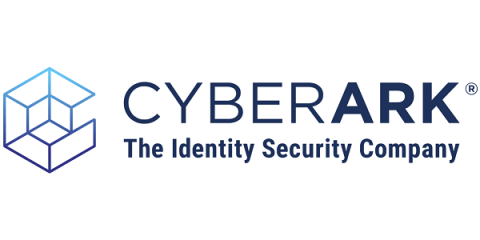Security | Threat Detection | Cyberattacks | DevSecOps | Compliance
Latest News
Barbie-Related Scams Emerge After Recent Movie Release
Scammers are taking advantage of the popularity of the Barbie movie, according to researchers at McAfee. “In the last 3 weeks, we’ve seen 100 new instances of malware that have Barbie-related filenames,” the researchers write. “Once again, this shows how attackers have latched onto the movie’s hype, hoping the people will click the malicious files because the Barbie name is trending. The types of files varied but included typical types such as.html and.exe.
Enhanced Data Analysis with Synthetic Datasets
Large data can offer a massive affordable advantage for companies. Scientists, information analysts, marketing professionals, and advertisers rely upon receiving valuable insights from substantial pools of consumer information. When examined correctly, this information can provide valuable insight for organizations that understand how to use it. The regular procedure of gathering and arranging massive datasets can be taxing, as well as resource-intensive.
Understanding Machine Learning Attacks, Techniques, and Defenses
Machine learning (ML) is a subset of Artificial Intelligence (AI), which enables machines and software to automatically learn from historical data to generate accurate output without being programmed to do so. Many leading organizations today have incorporated machine learning into their daily processes for business intelligence. But the ability of machine learning can be altered by threat actors to be malicious, causing systems to malfunction, or to execute an attack.
7 Crucial Security Metrics Every Engineer Must Know
It can feel like so many stars must align to effectively implement and measure security metrics. For example, you need to understand how to adapt frameworks to your company’s specific situation in an industry that’s not too open about its metric strategies. Then, despite talent shortages, you need enough team members with authority and drive to ensure your company prioritizes security, despite the common desire to move forward as fast as possible.
Five Things CISOs in Financial Services can do to make Containers Secure and Compliant
As competition ramps up in the financial services sector, agile and efficient application development is critical to delivering the seamless digital experiences today’s customers want. Chances are, if you’re not already moving applications to cloud and containers, you’re considering it. But cloud-native development also brings security and compliance implications you may not have fully thought through.
Elastic partners with Chainguard on Software Supply Chain security and SLSA assessment
A Deep Dive into Penetration Testing of macOS Applications (Part 2)
This is the second part of the “A Deep Dive into Penetration Testing of macOS Application” blog series. In the first part, we learned about macOS applications and their structure and demonstrated how to build a dummy application. We also talked about System Integrity Protection (SIP) and how to configure common network interception tools. Part two will dive deep into file and binary analysis.
Snyk's 2023 State of Open Source Security: Supply chain security, AI, and more
The 2021 Log4Shell incident cast a bright light on open source software security — and especially on supply chain security. The 18 months following the incident brought a greater focus on open source software security than at any time in history. Organizations like the OpenSSF, AlphaOmega, and large technology companies are putting considerable resources towards tooling and education. But is open source software security actually improving? And where are efforts still falling short?










